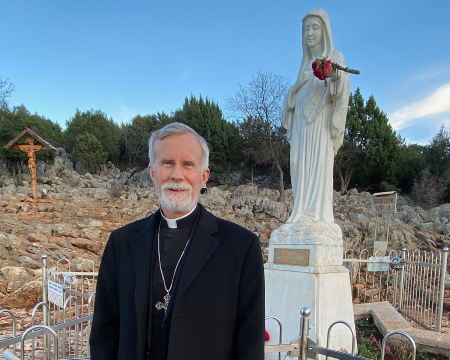 Hi readers, it seems you use Catholic Online a lot; that's great! It's a little awkward to ask, but we need your help. If you have already donated, we sincerely thank you. We're not salespeople, but we depend on donations averaging $14.76 and fewer than 1% of readers give. If you donate just $5.00, the price of your coffee, Catholic Online School could keep thriving. Thank you. Help Now >
Hi readers, it seems you use Catholic Online a lot; that's great! It's a little awkward to ask, but we need your help. If you have already donated, we sincerely thank you. We're not salespeople, but we depend on donations averaging $14.76 and fewer than 1% of readers give. If you donate just $5.00, the price of your coffee, Catholic Online School could keep thriving. Thank you. Help Now >
Neocæsarea
FREE Catholic Classes
A titular see of Pontus Polemoniacus, at first called Cabira, one of the favourite residences of Mithridates the Great, who built a palace there, and later of King Polemon and his successors. Pompey made it a city and gave it the name of Diopolis, while Pythodoris widow of Polemon, made it her capital and called it Sebaste. It is not known precisely when it assumed the name of Neocæsarea mentioned for the first time in Pliny, "Hist. Nat.", VI, III, 1, but judging from its coins, one might suppose that it was during the reign of Tiberius. It became the civil and religious metropolis of Pontus. We know that about 240, when Gregory Thaumaturgus was consecrated bishop of his native city, Neocæsarea had but seventeen Christians and that at his death (270) it counted only seventeen pagans. In 315 a great council was held there, the acts of which are still extant. In 344 the city was completely destroyed by an earthquake (Hieronymus, "Chron.", anno 2362), meeting a similar fate in 499 (Theodorus Lector, II, 54). During the Middle Ages the Mussulmans and Christians disputed the possession of Neocæsarea, and in 1068 a Seljuk general, Melik-Ghazi, whose tomb is still visible, captured and pillaged it; later, in 1397, it passed, together with the whole district, under the sway of the Ottomans. Being early placed at the head of an ecclesiastical province, Neocæsarea had four suffragan sees about 640 ("Ecthesis" of pseudo-Epiphanius, ed. Gelzer, 539), retaining them until the tenth century, when Trebizond obtained its independence and, by degrees, the other three suffragans were suppressed. In 1391 the Archdiocese of Neocæsarea was confided to the metropolitan of Trebizond (Miklosich and Müller, "Acta", II, 154). About 1400 there was, however, a regular metropolitan (op. cit., II, 312) and there is still, but he resides at Ordou. Among the twenty-seven bishops of this city mentioned by Le Quien, the most noted are St. Gregory Thaumaturgus and St. Thomas, a martyr of the ninth century. Neocæsarea, now called Niksar, is a small city of 4000 inhabitants in the sanjak of Tokat and the vilayet of Sivas, with a Greek and an Armenian church, both of which are schismatic.









 Daily Readings for Saturday, April 20, 2024
Daily Readings for Saturday, April 20, 2024 St. Marian: Saint of the Day for Saturday, April 20, 2024
St. Marian: Saint of the Day for Saturday, April 20, 2024 Children's Prayer For Parents: Prayer of the Day for Saturday, April 20, 2024
Children's Prayer For Parents: Prayer of the Day for Saturday, April 20, 2024

